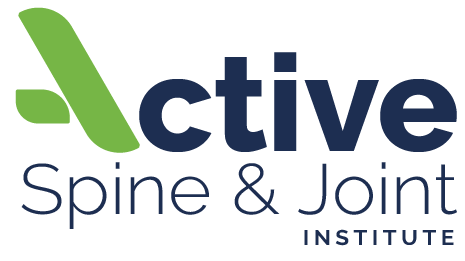The Truth About DIY Back Pain Fixes: A Cautionary Tale
Back pain can be an unwelcome companion, prompting many to seek relief through various do-it-yourself (DIY) methods found abundantly on social media. While the allure of cracking your own back might seem tempting, it's crucial to recognize the potential risks and pitfalls associated with such practices. Let’s take a look at some of the dangers of DIY back pain relief techniques and the importance of seeking professional guidance for a safer and more effective approach.
The Pitfalls of DIY Back-Cracking:
The internet is teeming with DIY back-cracking videos and purported miracle fixes, capturing the attention of many seeking quick solutions for chronic back pain. However, it's essential to exercise caution and understand the potential dangers before attempting these techniques independently.
Risk of Serious Consequences: Attempting to crack your own back or following unverified advice from social media can lead to serious consequences. Mishandling the spine may exacerbate existing conditions, cause injuries, or result in long-term damage.
Improper Techniques and Potential Injuries: Without proper training and a comprehensive understanding of anatomy, it's easy to apply incorrect or excessive force when attempting to crack your own back. This can lead to misalignments, muscle strains, or injuries.
Exacerbating Underlying Conditions: Individuals with underlying back or spine conditions, such as herniated discs, arthritis, or instability, risk worsening their conditions by attempting self-adjustments without professional guidance. This can lead to increased pain and potential long-term damage.
Nerve Compression and Damage: Applying pressure or twisting movements to the spine without precision can result in nerve compression or damage, leading to pain, numbness, tingling, or weakness in various parts of the body.
Joint Instability and Structural Concerns: Improper manipulation of the spine may contribute to joint instability, affecting the structural integrity of the spine and increasing the risk of chronic pain and future injuries.
Soft Tissue Injuries: Forceful attempts at self-adjustment can cause injuries to the surrounding soft tissues, including muscles, ligaments, and tendons. This may lead to inflammation, pain, and a limited range of motion.
The Importance of Professional Guidance:
Attempting to address back pain independently may delay seeking professional help when it's truly needed. Early intervention by healthcare professionals can lead to a more accurate diagnosis and an appropriate treatment plan tailored to individual needs.
Instead of risking your well-being on unverified DIY methods, prioritize your safety and seek guidance from qualified healthcare professionals. At Active Spine and Joint Institute, your health and safety are our top priorities. If you're experiencing back pain or discomfort, don't hesitate to reach out for a comprehensive assessment and personalized recommendations. Your journey to back pain relief begins with professional guidance and a tailored approach to your unique needs.
